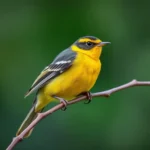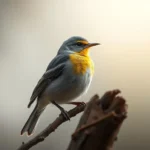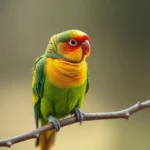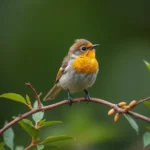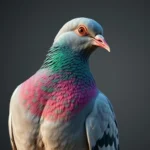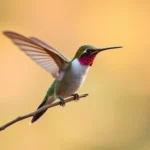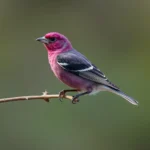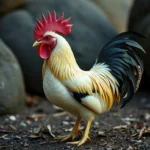The Hidden Symbolism of Dunnocks: Nature’s Quiet Messengers
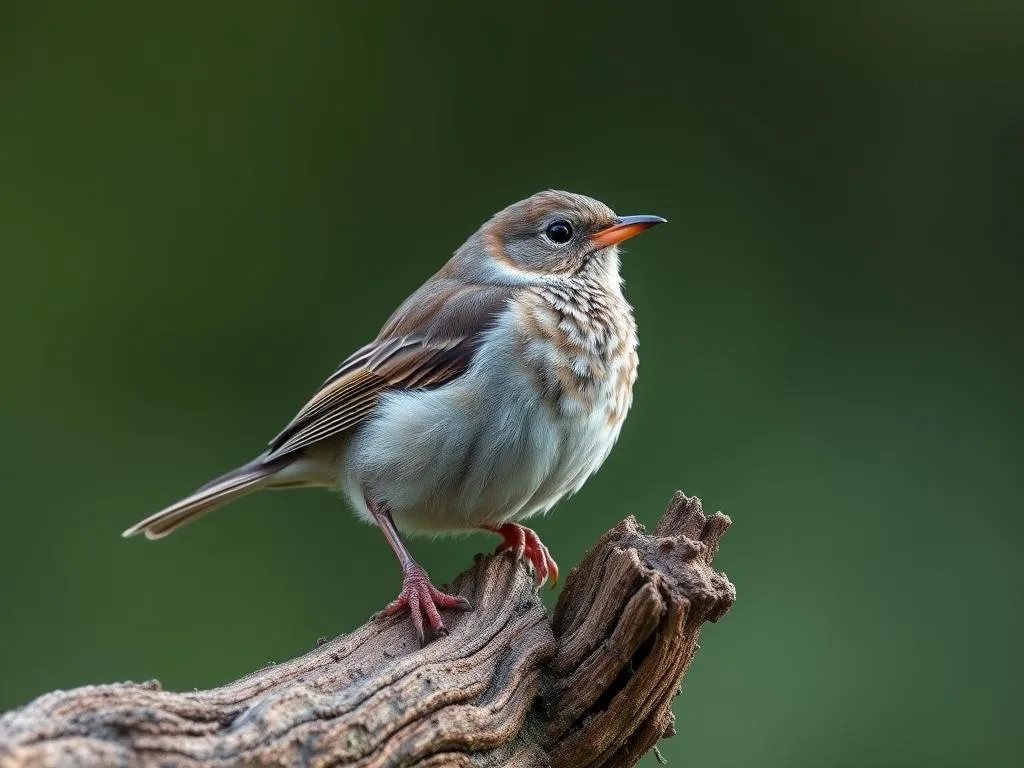
Disclaimer: Some images on this website are AI-generated artworks and may not accurately represent real animals.
Understanding the Dunnock
Description and Characteristics
The Dunnock, also known as the hedge sparrow, is a small, unassuming bird that often goes unnoticed in gardens and hedgerows. With a length of approximately 14-15 cm, this bird exhibits a modest yet charming appearance.
| Physical Traits | Description |
|---|---|
| Size | 14-15 cm (5.5-6 in) |
| Coloration | Brownish-grey with streaks on the flanks |
| Unique Features | Distinctive yellow-orange eye and slender body |
Dunnocks are particularly noted for their inconspicuous coloration. Their plumage is predominantly brownish-grey, which allows them to blend seamlessly into their surroundings. This camouflage is one of the reasons they are often overlooked, even though they play an important role in the ecosystem.
Habitat and Behavior
Dunnocks thrive in various habitats, including gardens, parks, and hedgerows across Europe and parts of Asia. They prefer areas with dense shrubs and low vegetation, providing cover from predators and ample foraging opportunities. Their feeding habits mainly consist of insects, seeds, and invertebrates, making them essential for controlling pest populations.
Socially, Dunnocks exhibit fascinating behavior. They are known for their complex mating systems, which can include monogamy, polygamy, and even cooperative breeding. These interactions highlight their adaptability and social structures, making them interesting subjects for observation.
Cultural Significance
Throughout history, Dunnocks have held a place in various cultures, often symbolizing aspects of nature and human behavior. In folklore, these birds are sometimes associated with modesty and humility, reflecting their unobtrusive presence in the wild.
In some cultures, the Dunnock is perceived as a harbinger of change or a sign of new beginnings. Their ability to thrive in diverse environments resonates with themes of resilience and adaptability, making them powerful symbols in many narratives.
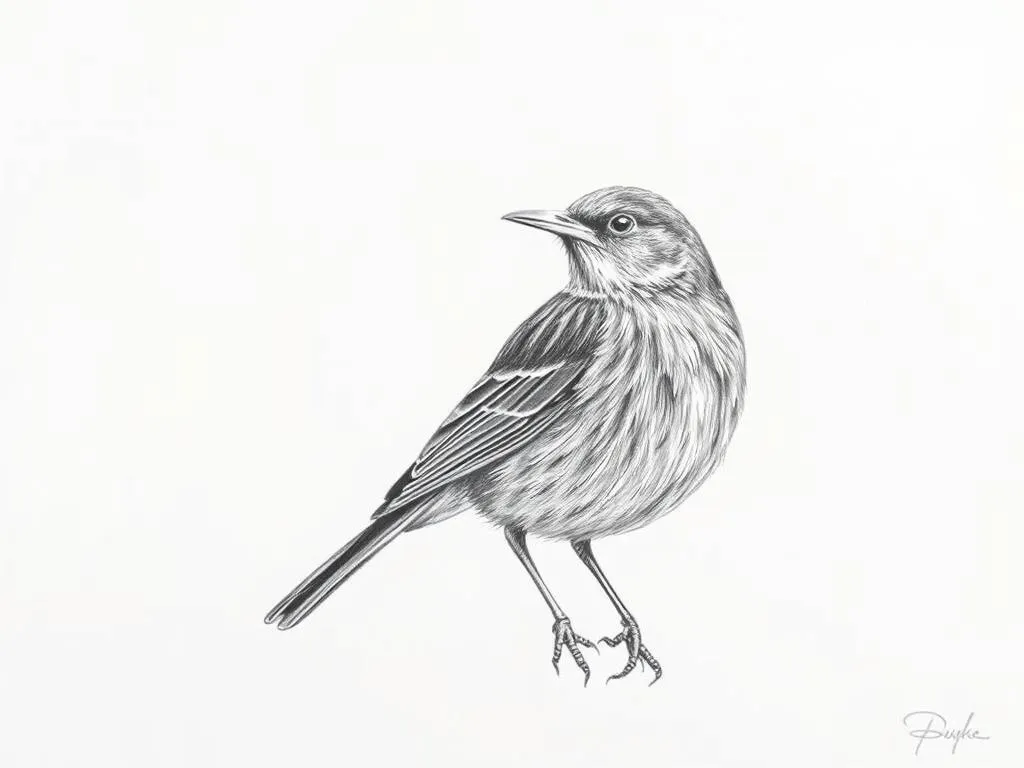
Symbolism & Spiritual Meaning
Connection to Adaptability and Resilience
The Dunnock serves as a profound symbol of adaptability and resilience. These birds can thrive in a variety of habitats, from urban gardens to rural fields, showcasing their ability to adjust to changing environments.
Their adaptability teaches us valuable lessons about flexibility in life. Just as Dunnocks find food and shelter in diverse places, we too can learn to navigate through life’s changes with grace and resourcefulness. Embracing the unknown, much like the Dunnock, can lead to personal growth and a deeper understanding of our surroundings.
Themes of Community and Cooperation
Dunnocks are known for their complex social structures, often engaging in cooperative breeding. This behavior emphasizes the importance of community and collaboration, reflecting how relationships can be strengthened through shared responsibilities.
In human terms, the Dunnock symbolizes unity and cooperation. Their social interactions remind us of the significance of working together, not just in breeding but also in supporting one another through life’s challenges. By fostering community, we can create stronger bonds and cultivate a sense of belonging.
Quiet Presence and Observation
The Dunnock is often recognized for its quiet demeanor and observant nature. This bird encourages us to be mindful and appreciate the subtle beauty of our surroundings. In a world filled with noise and distractions, the Dunnock reminds us of the importance of taking a step back and observing the details that often go unnoticed.
Their presence in nature encourages us to practice mindfulness. By being present and aware, we can cultivate a deeper appreciation for life and the beauty that surrounds us. The Dunnock teaches us that sometimes, the most profound lessons come from silence and observation.
Dunnocks in Dreams
Interpreting Dream Encounters
Dreaming of a Dunnock can hold significant meaning. When this bird appears in your dreams, it may symbolize a need for self-reflection and inner peace. The Dunnock’s quiet nature encourages introspection, urging you to consider your current life situation and emotional state.
This dream encounter may also suggest that you should pay attention to the smaller details in your life. Just as the Dunnock thrives in the quiet corners of gardens, you may find importance in the overlooked aspects of your existence.
Symbolic Meanings of Dunnock Behavior in Dreams
The behavior of Dunnocks in your dreams can further illuminate their meanings. Below is a table illustrating different Dunnock behaviors and their potential symbolic interpretations.
| Dunnock Behavior | Symbolic Meaning |
|---|---|
| Observing | Mindfulness and awareness of surroundings |
| Feeding or gathering | Nurturing oneself and sharing with others |
| Singing | Expression of joy and emotional release |
| Nesting | Building security and stability in life |
Observing a Dunnock in your dream may indicate a need for mindfulness and awareness. It suggests that you should take a moment to reflect on your thoughts and feelings.
On the other hand, if you dream of a Dunnock feeding or gathering food, it symbolizes nurturing and sharing. This behavior can serve as a reminder to take care of yourself while also being generous with others. The act of feeding reflects the importance of both self-care and community support.
Modern Interpretations
Dunnocks in Contemporary Culture
In contemporary culture, Dunnocks often appear in literature, art, and media as symbols of simplicity and nature’s quiet beauty. They remind us that not all important messages come from loud or flashy sources; sometimes, the most profound truths are whispered softly.
The symbolism of Dunnocks extends into modern spirituality and personal growth. Many people find inspiration in their adaptability, which can motivate individuals to embrace change and cultivate resilience in their own lives.
Environmental Awareness and Conservation
Dunnocks play a crucial role in maintaining healthy ecosystems. As insectivores, they help control pest populations, thus contributing to the balance of their habitats. Their presence is a reminder of the importance of biodiversity and the delicate interconnections within nature.
The Dunnock symbolizes the need for environmental awareness and conservation. Protecting these birds and their habitats is vital for maintaining ecological balance. By becoming advocates for nature, we can honor the lessons that Dunnocks impart about the significance of preserving our environment.
Key Takeaways
- The Dunnock symbolizes adaptability, teaching us to embrace change and navigate life’s challenges with resilience.
- Their social behavior emphasizes the importance of community and cooperation, highlighting the strength of unity and collaboration.
- The quiet presence of Dunnocks encourages mindfulness and observation, reminding us to appreciate the subtle beauty of life.
- Dunnocks in dreams symbolize self-reflection, nurturing, and awareness, inviting us to consider our emotional states and relationships.
- Their role in ecosystems signifies the importance of environmental conservation and biodiversity protection.
Conclusion
Reflecting on the quiet but profound presence of Dunnocks in nature reveals the deep symbolism they carry. These unassuming birds teach us valuable lessons about adaptability, community, and mindfulness. By connecting with these gentle creatures, we can find inspiration in their symbolism and apply it to our own lives.
In a world often filled with chaos, the Dunnock stands as a reminder to appreciate the beauty in simplicity and to embrace the quiet messages that nature offers. Let us take the time to observe, reflect, and nurture both ourselves and our communities, inspired by the resilience and grace of the Dunnock.
